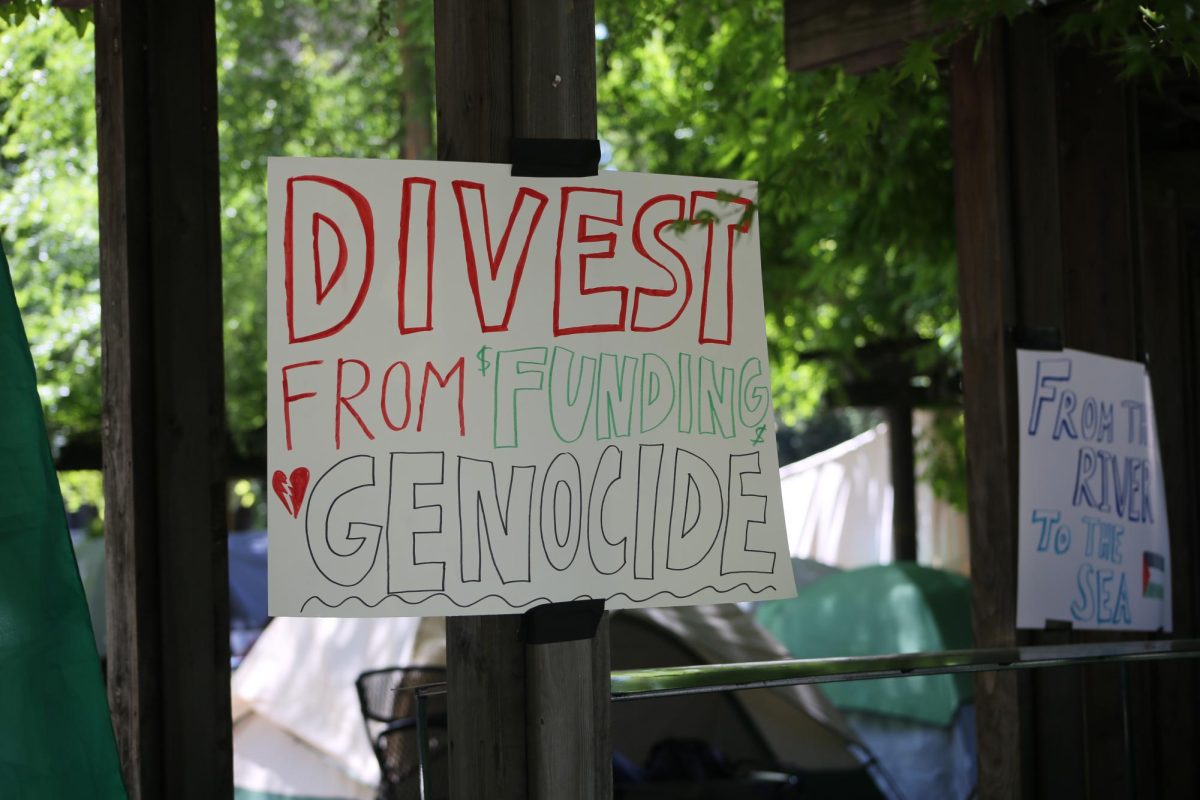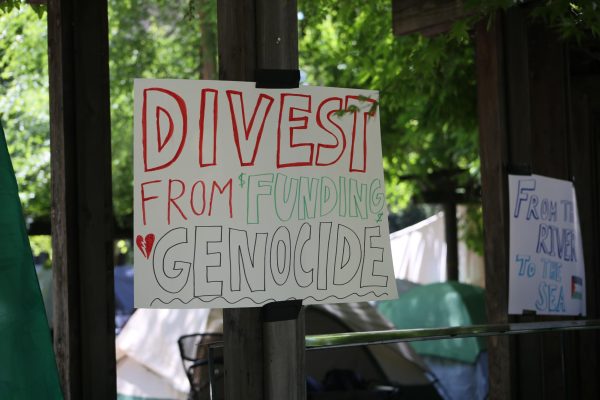Campus instructor helps shape up the community
January 8, 2007
The facts are in: California, much like the rest of the nation, is overweight. According to the most recent California Health Interview Survey, 13 million California residents between the ages of 12 and 64 are obese. Obesity and physical inactivity are the two major risk factors for cardiovascular disease.
These risk factors can be avoided and a Sacramento State program can help. The Site for Human Applied Physiology and Exercise provides students, faculty and the local community with an opportunity to assess their health and fitness needs.
Roberto Quintana, director of SHAPE, human performance research, and I.E. Faria Exercise Physiology Research Laboratories, runs the program along with Assistant Professor of Exercise Physiology Daryl Parker.
“The program’s purpose is to educate people on exercise performance and healthy lifestyles,” said Quintana.
SHAPE, founded in 2000, offers a wide array of fitness tests including a health risk assessment, maximum heart rate, a lipid analysis for cholesterol and body fat composition. More advanced exercise performance tests look at lactate threshold, and VO2 Max, the maximum amount of oxygen consumed during exercise.
“We have the only facility in the area that offers a complete body composition,” said Quintana. A complete composition includes hydrostatic weighing in an underwater tank, and a pulmonary test. Quintana said most facilities in the area do not offer the pulmonary test. Skinfold assessment is commonly used in health clubs, but is more useful when combined with other tests.
In addition, the program offers exercise prescriptions with dietary analysis. It is here that both Quintana and Parker feel it’s important to educate the community.
“There is a large sum of misleading information out there,” said Quintana. He is referring to what people are told in fitness clubs, see on infomercials and read in print. “Some information is easily misinterpreted,” Quintana said.
Parker said they try to dispel myths that people have picked up along the way. “Not all information is credible, there are more myths than facts out there,” he said.
“Some people come in here with unrealistic expectations,” said Quintana. He described one individual who wanted to lose 150 pounds. Quintana explained that it was possible but it would be both unsafe and unhealthy. In that case, the prescription called for reducing weight slowly and progressing toward a safe, healthier bodyweight.
Both Quintana and Parker completed their doctoral work at the University of New Mexico, specializing in altitude training. They have worked together for years which helps them balance their SHAPE program duties. “We have a really good working relationship,” said Parker. He said they each do their own share of the work. “Sometimes a cyclist may request to work with me because of my background, but normally it’s whoever is available at the time,” he added.
The program also offers student interns a chance to conduct testing and gain valuable hands on experience in the field. Some of the interns even become test subjects for Quintana’s cardiovascular testing class.
The SHAPE lab is normally occupied by people from the community. “We have more people from the public than we do from the campus,” said Parker.
“Students generally do not come in for the testing,” Parker said. Part of the reason may be due to the free health screenings available at the Student Health Center. Quintana said the health center offers a free body fat assessment, but it’s not as extensive or accurate as to what SHAPE offers. Another reason is that the program lacks promotion. “We don’t advertise. Most students in my classes don’t know about the program until I tell them,” said Parker.
Lara Kolakosky, a senior exercise science major, said she wasn’t aware of the program until she took a nutrition class on campus. Kolakosky thinks it could be a very beneficial program. “My sister is a runner, she might be interested in checking it out,” Kolakosky said.
SHAPE has grown since its establishment, although Quintana said they are operating at close to capacity in terms of clients. Both Parker and Quintana teach full-time in addition to their SHAPE duties on campus.
“I also have some private projects I’m constantly working on,” said Parker.
The SHAPE laboratory is open from 1 to 5 p.m. on Thursdays and Fridays in Solano Hall. Prices vary depending on the test being administered. Students receive a 40 percent discount, while faculty and staff receive 30 percent. “Students will pay about half of what they would in a health club,” said Quintana.
“The money rolls back into the research lab and everyone wins,” Parker said.
For more information about SHAPE, contact Quintana or Parker at (916) 278-4495 or (916) 278 -6902.
Vincent Gesuele can be reached at [email protected]




































































































































